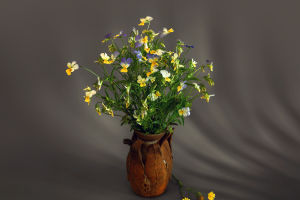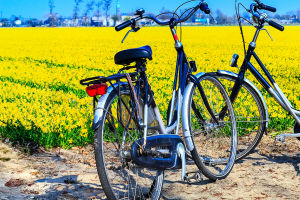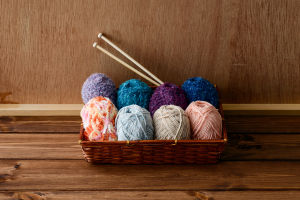We all love having plants around us—whether it's a leafy indoor corner, a mini herb garden on the balcony, or a full backyard blooming with flowers. But here's something many of us don't think twice about: the watering can we're using.
Did you know different types of watering cans serve different purposes? Yep, not all cans are created equal! Let's dive into the world of watering cans together and see how choosing the right one can actually help our plants grow healthier and happier.
The Classic Long-Spout Can
This one's probably what comes to mind first. The long, narrow spout gives us great control when we need to water plants gently and directly at the base. It's perfect for:
• Indoor plants: especially those in small pots where water needs to go directly into the soil, not all over the leaves.
• Delicate flowers: like African violets or succulents that don't love getting their leaves wet.
The longer spout also helps us reach into deep pots or crowded plant corners without making a mess.
The Shower-Style Can
This watering can has a round, flat nozzle at the end that sprinkles water softly, just like light rain. We usually use this one for:
• Outdoor gardens: where the water needs to cover a wider area.
• Seedlings or new plants: because the gentle shower won't wash away the soil or damage fragile roots.
If we grow things like lettuce, herbs, or flower beds, this can is a must.
Small-Sized Cans for Small Jobs
Sometimes, less is more. A small watering can might seem basic, but it's actually really useful when we only have a few plants or are dealing with:
• Tiny pots or terrariums
• Plants that need very little water
• Kids who want to help with watering—safely!
It's also easier to store and carry, especially if we live in an apartment or have limited space.
Metal vs. Plastic: What's Better?
When it comes to watering can materials, it's not just about looks. Let's break it down:
• Metal watering cans: These are sturdy, often stylish, and can last a long time if we keep them dry after use. Great for outdoor use and bigger gardens.
• Plastic watering cans: These are lighter, usually cheaper, and come in all sorts of fun colors. Easy to carry around and perfect for quick daily use.
If we tend to water a lot or get tired easily, the lightweight plastic ones might save our arms!
Self-Watering Cans and Smart Upgrades
For those of us who travel a lot or just forget to water sometimes (we've all been there), self-watering options are a lifesaver. Some modern watering cans come with:
• Built-in water level markers
• Controlled flow settings
• Even digital timers for consistent care
They can be especially helpful if we have fussy plants like orchids or bonsais.
Tips for Smarter Watering
Choosing the right can is only step one. Here are a few little tricks we've learned that go a long way:
• Always check the soil before watering. Dry topsoil doesn't always mean dry roots.
• Water in the morning when possible—it helps prevent mold and sun damage.
• Use room temperature water, especially for indoor plants. Cold water can shock the roots.
• Clean the can every now and then to prevent algae or dirt buildup.
What's in Your Hand, Lykkers?
Now we're curious—what kind of watering can do you use, Lykkers? Did you know it had a specific use, or did you just grab what looked nice? We'd love to hear your watering stories or even see your favorite can.
Whether we're growing flowers, herbs, or just keeping one lucky plant alive—we're all learning together. Choosing the right watering tool is a small step that makes a big difference. Let's keep our green friends happy, one pour at a time!


